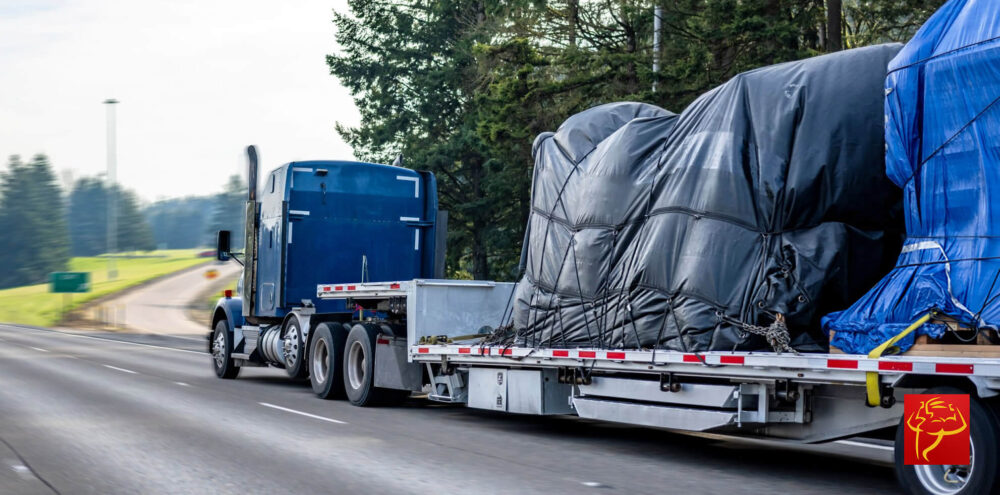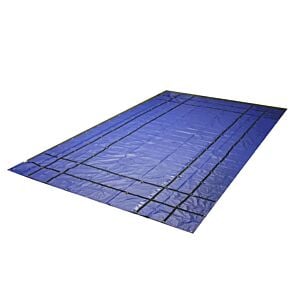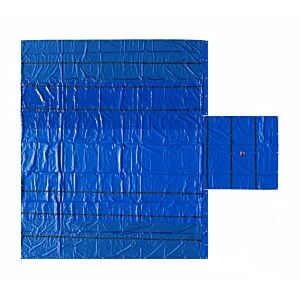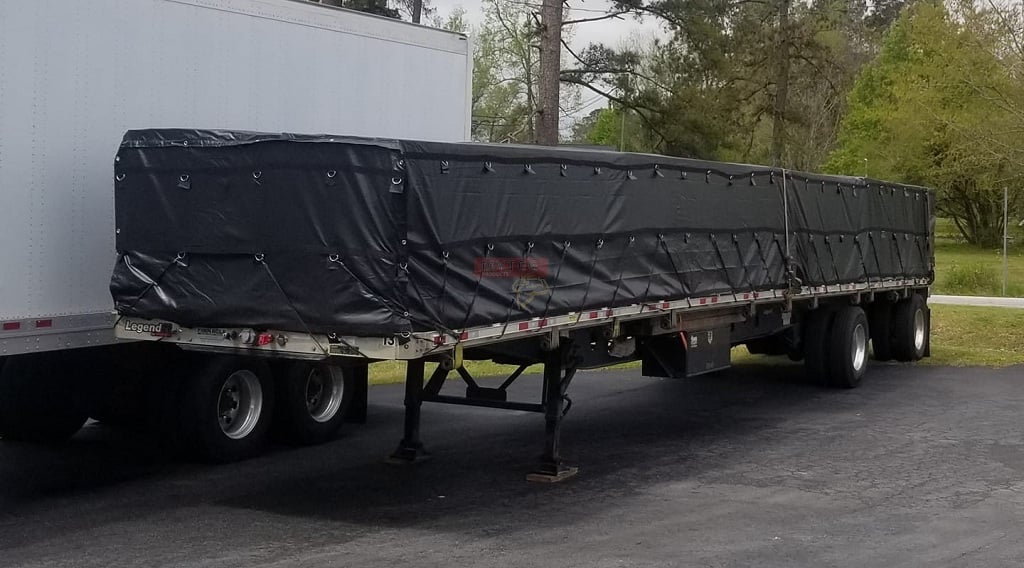Any company selling heavy-duty truck tarps should carry both steel and lumber tarps of various sizes. What you might not know is that the tarps are different in size and purpose. Each brings with it a certain versatility and suitability for hauling certain types of commodities. Suffice it to say, not all tarps are created equal, nor does one size fit all.
Steel Tarps vs Lumber Tarps
Both the tarps have their different kind of features, usability and tie-down ways.
Steel Tarps
The typical steel tarps tend to be the same in length but smaller in width because it is used to cover steel and other loads that do not rise very high on the back of a flatbed. As such, the required drop height is not as high. They are also made especially for steel loads. If manufactured to high standards, these more than meet the appearance, performance and other professional standards of discerning customers while providing excellent protection for loads. They can be secured with bungee straps.
Lumber Tarps
Lumber tarps are wider but not usually longer. It is intended for larger, higher rising loads with a need for plenty of overhangs. They get their name from historical use with lumber hauls. However, a lumber tarp can be used for any bulky, high rising load. Like steel tarps, they can be secured with bungees.
Using Tarps Properly
There are three key principles to using tarps for long-haul trucking. The first is choosing the right tarp for the job. For example, you may need a large lumber tarp with both side drops and end flaps for a load that is high rising and requires total water protection. You want to make sure your tarp is big enough for the job but not so big as to have a lot of excess fabric to take care of. Unfortunately, this means truckers need to own several different kinds of tarps for different jobs.
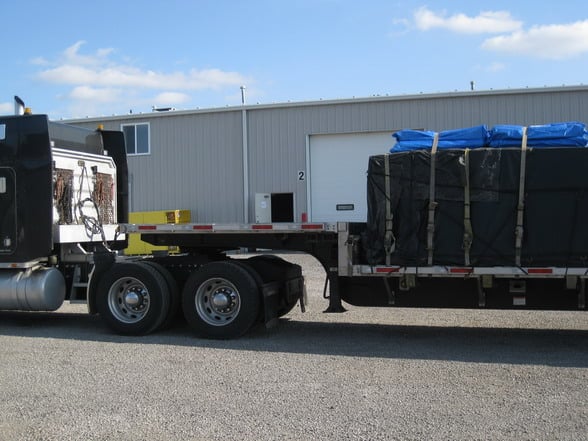
The second key to tarping lies in how the tarp is deployed and secured. Keep in mind that there is more to it than just protecting the cargo. The tarp itself also needs to be protected against sharp objects and the potential for wind damage. Experts recommend using edge & corner protectors, moving blankets, rubber pants, or other things that can eliminate sharp edges between cargo and tarps. As for wind damage, it is all in how you secure the tarp. Extra rows of D-Rings help bring versatility.
Lastly, drivers get maximum use out of its tarps if they regularly inspect them. The inspection helps to identify weak points that can be repaired before any real damage is done. A driver who does not inspect his tarps is asking for an accident.
Tarp Deployment
Deploying a tarp always needs to be done with safety in mind. Because steel loads tend to be smaller, drivers can deploy tarps manually without much trouble. However, to be safe, tarping should always be done with the help of another driver or someone in the yard. Having a person on either side of the trailer reduces the need for moving across the load while securing the tarp.
Lumber tarps, on the other hand, are a different story. The safest way to deploy a large and bulky tarp is to raise the tarp to the top with a forklift and then unfold down. In the absence of an automatic system, it is even more important for drivers to get someone to help them.
The tarping process can be helped along by properly folding tarps prior to storage. A properly folded tarp can be placed on the center of the load by a forklift, then unfolded in place and secured.
Also Read: How to Tarp a Flatbed Load
Lumber and steel tarps are necessary tools for the driving trade. They protect valuable cargo from weather, road gravel and other things that could cause damage. They are excellent tools in the hands of experienced drivers.


